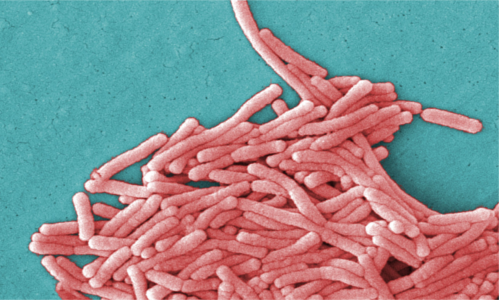Metabolic adaptation in competitive microbial communities

The time evolution of microbial populations growing on externally supplied resources is often modeled using MacArthur’s consumer-resource model. An assumption that is always implicitly made in the literature, when using this model, is that the “metabolic strategies” (also known as “resource preferences”), i.e. the rates at which each species uptakes the available resources, are constant parameters that do not change over time. However, we know since the ’40s that microbes do change the way in which they absorb nutrients from the environment, giving rise to the phenomenon of diauxic shifts.
My current main research interest consists in building a new kind of consumer-resource model where metabolic strategies are dynamically adaptive (i.e. can change over time depending on the environmental conditions), and studying how this changes our knowledge of consumer-resource models and microbial competition in general. In particular, I’m interested in seeing how using dynamically adaptive metabolic strategies can help us understand better how single species can grow in environments with multiple resources and how complex communities of several species can coexist.


